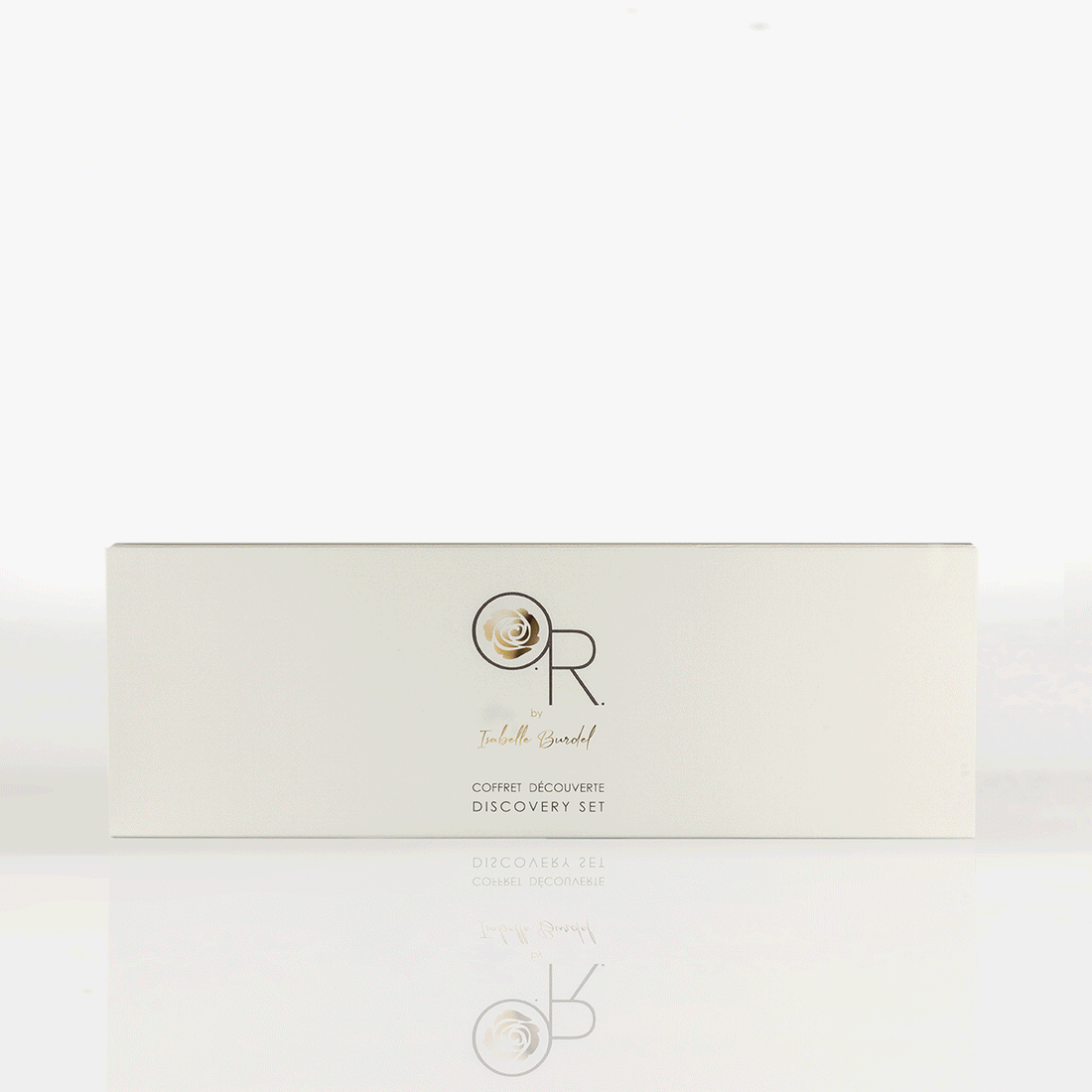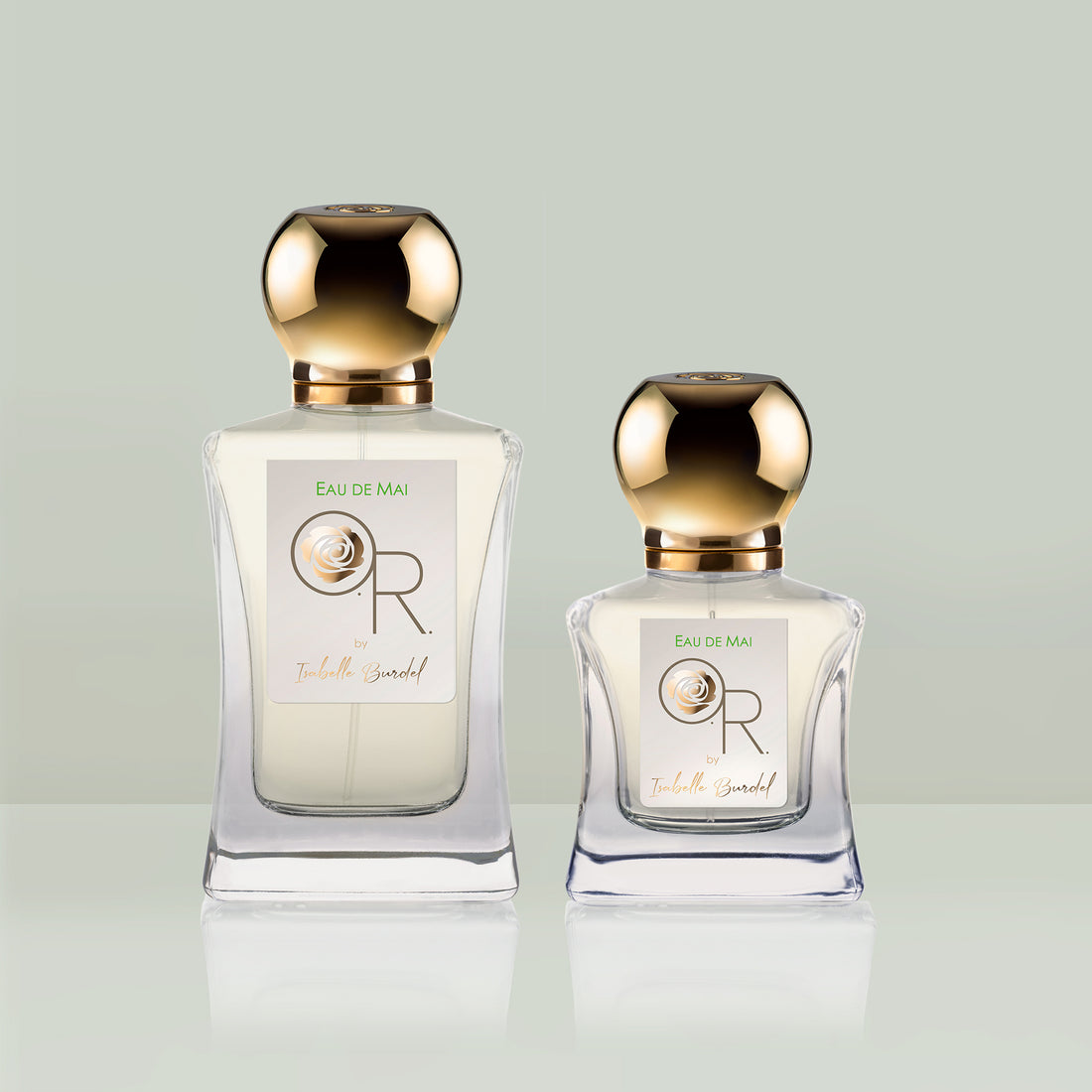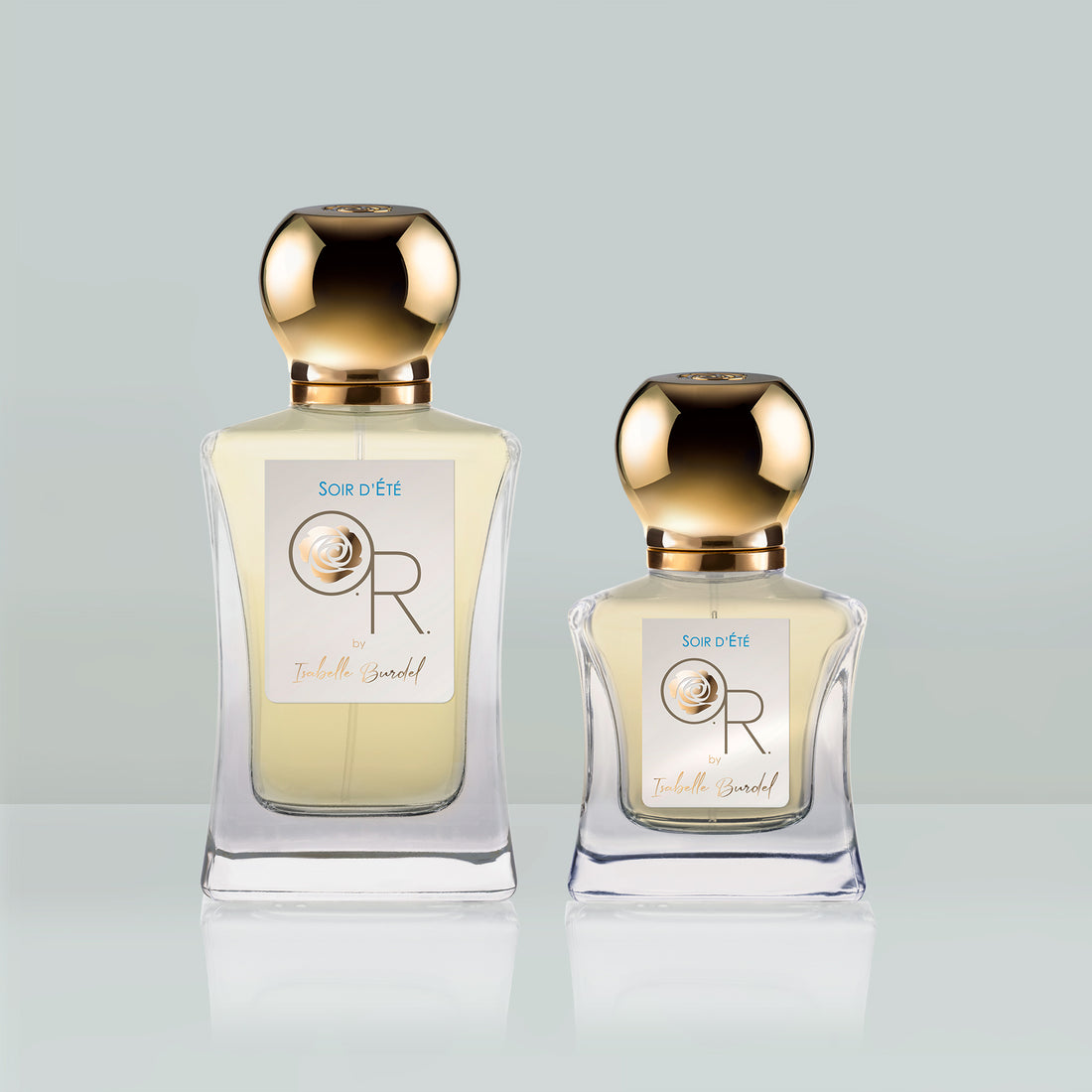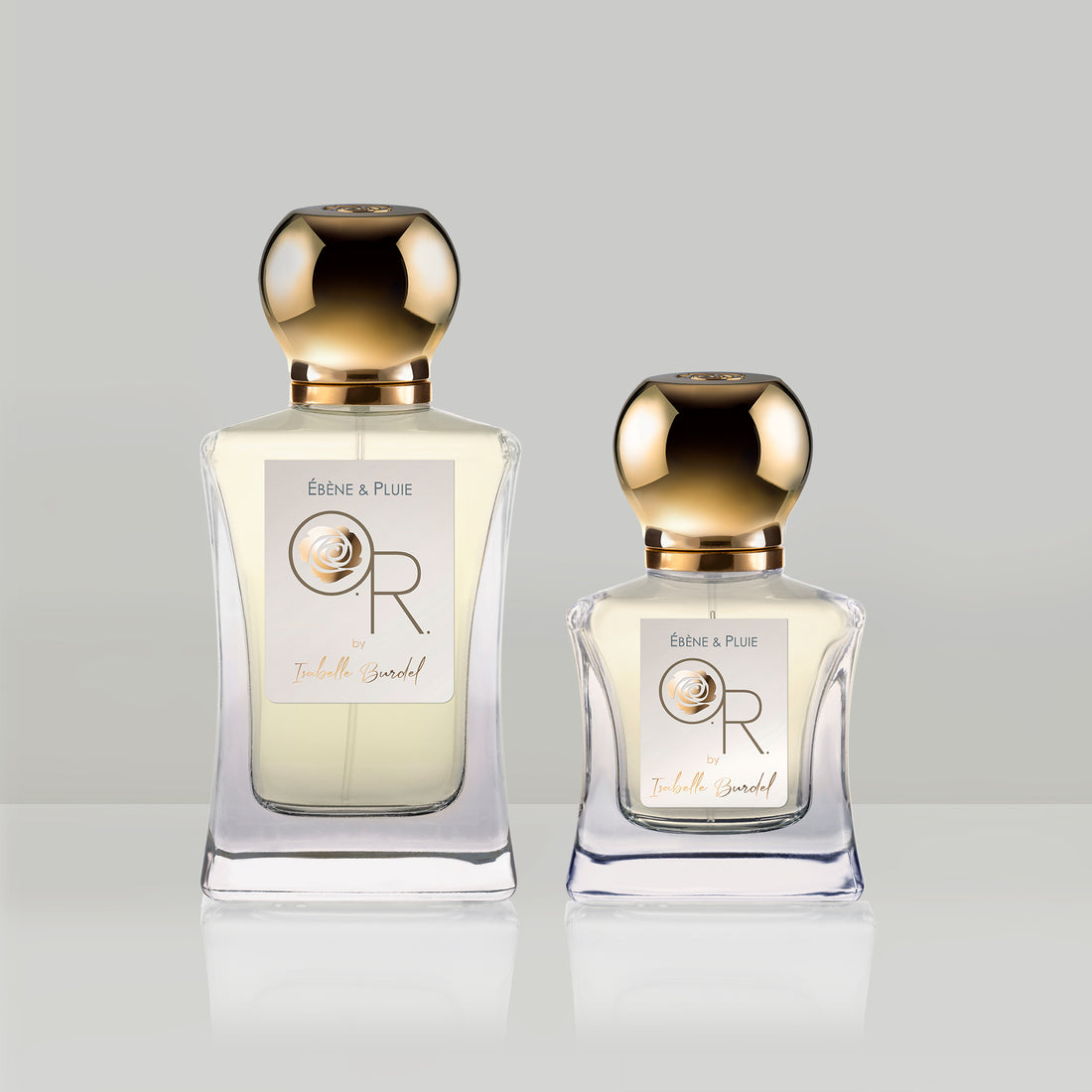Cyprus perfumes belong to one of the prominent olfactory families in the world of fragrance. Originating in the early 1920s, cyprus fragrances exude an autumnal charm characterized by floral, woody, and earthy notes. This complex, refined, and elegant category possesses a distinctive character that suits both the feminine and masculine wardrobe.
The cyprus perfume, an olfactory portrait
Cyprus perfumes are built upon an accord of bergamot, rose, jasmine, oakmoss, patchouli, and labdanum. At the heart of this accord lies the duo of oakmoss and patchouli, whose damp and earthy notes contribute to the cyprus’ "woodland" character.
Oakmoss is a lichen found on the branches and trunks of trees in the forest. The solvent extraction of this lichen reveals an absolute with saline, marine, earthy, woody, and damp undertones.
Patchouli essential oil, obtained through distillation from the leaves of an Indonesian shrub, also emits damp and earthy facets.
Cyprus perfumes tend to be more subdued in their top notes but intensify in their heart and base notes. These characterful fragrances, with their enigmatic allure, captivate individuals seeking an original and sophisticated signature.
Origins of cyprus perfume
While the term "chypre" in French dates back to the Renaissance, it originally referred to scented preparations for hair powders or wigs, containing ingredients such as musk, civet, amber, and oakmoss.
However, the true birth of cyprus perfumes occurred in 1917 with Coty's "Le Chypre," the pioneering blend of bergamot, rose, jasmine, oakmoss, patchouli, and labdanum.
Two years later, Jacques Guerlain refined this base by adding a peach note (aldehyde C14, a synthetic molecule) to create “Mitsouko”, a vibrant autumnal journey of great richness.
Cyprus perfumes quickly gained popularity, particularly thanks to the emancipation of women in the 1920s. Breaking free from the floral and powdery fragrances of the “Belle Époque”, this more androgynous style appealed to women who had taken on men's roles during the war. These famous "flappers" now smoked, drove cars, and wore pants. This new femininity was a perfect match for the cyprus accord with its earthy and woody notes.
Evolution of cyprus perfume
Cyprus remained a beloved style in French perfumery in the decades that followed. In 1944, for Rochas' "Femme," perfumer Edmond Roudnitska enhanced the cyprus accord with spices (cumin) and a note of candied plum. It resulted in a deeply feminine, assertive, and sensual cyprus perfume.
Subsequently, in the 1950s, cyprus evolved, embracing green and leathery facets. The 1960s and 1970s saw a lighter interpretation with fresh cyprus accents, infusing cologne-style fragrances with sophistication. In the 1980s, the cyprus facet merged with ambery, floral, and spicy nuances, creating dense and complex compositions, typical of that decade's "powerhouse" perfumes.
The classic cyprus structure underwent a transformation in the early 2000s due to the gradual restriction of oakmoss usage for allergenic reasons. Consequently, cyprus fragrances shifted from woodland tones to an accord of flowers, fruits, and patchouli. This new vision of cyprus, with a significantly different olfactory profile, has gained prominence in women's perfumery over the last two decades.
Oakmoss, the cornerstone of cyprus perfume, under the scrutiny of IFRA
Today, the use of oakmoss is unfortunately highly restricted by the International Fragrance Association (IFRA). Oakmoss contains components that can sensitize and cause allergies in the skin, Although affecting a small percentage of the population (2%). Perfumers have thus turned to its synthetic substitute, Evernyl, for about fifteen years. While this molecule has a similar scent, it lacks the olfactive richness of true oakmoss. Perfumers now face the challenge of reformulation to adapt many classic fragrances to regulatory standards.
Crafting a perfume is an intricate and artistic endeavor, and replacing natural oakmoss with its synthetic counterpart doesn't always preserve the harmony of a composition. Sometimes, it's preferable to play with texture or light effects to recreate the mossy, wooded nuances characteristic of cyprus. These constraints partly explain why the classic cyprus perfume category is gradually fading, beyond mere trends, in favor of the "neo-chypre" (in french) which has been highly popular since the early 2000s.
Cyprus Perfumes at Olfactory Revelation
With 35 years of experience, Isabelle Burdel has been an independent perfumer for nearly two decades. In her private salon in Cannes, she crafts bespoke perfumes for diverse individuals in search of an exclusive olfactory signature. She translates her clients' emotions into scents to reveal their personalities. This expertise is now unveiled in her brand, Olfactory Revelation.
Among the nine fragrances in her collection, you'll find cyprus facets in "Chant de Roses", for example. Isabelle Burdel has created a modern rose with a slightly liqueur-like quality that unfolds over a woody base. This earthy framework with cyprus accents adds a mysterious and sophisticated touch to the floral bouquet. With "Vent Bohème", she has crafted a “neo-chypre”, where moss and woods meet the freshness of green notes, the summer sweetness of peach and fig. It leaves a chiaroscuro trail, simultaneously luminous and profound.
If cyprus perfumes intrigue you and you yearn to learn more, don't hesitate to order Olfactory Revelation's discovery set! It's the perfect opportunity to experience their elegant and woody tones on your skin.






